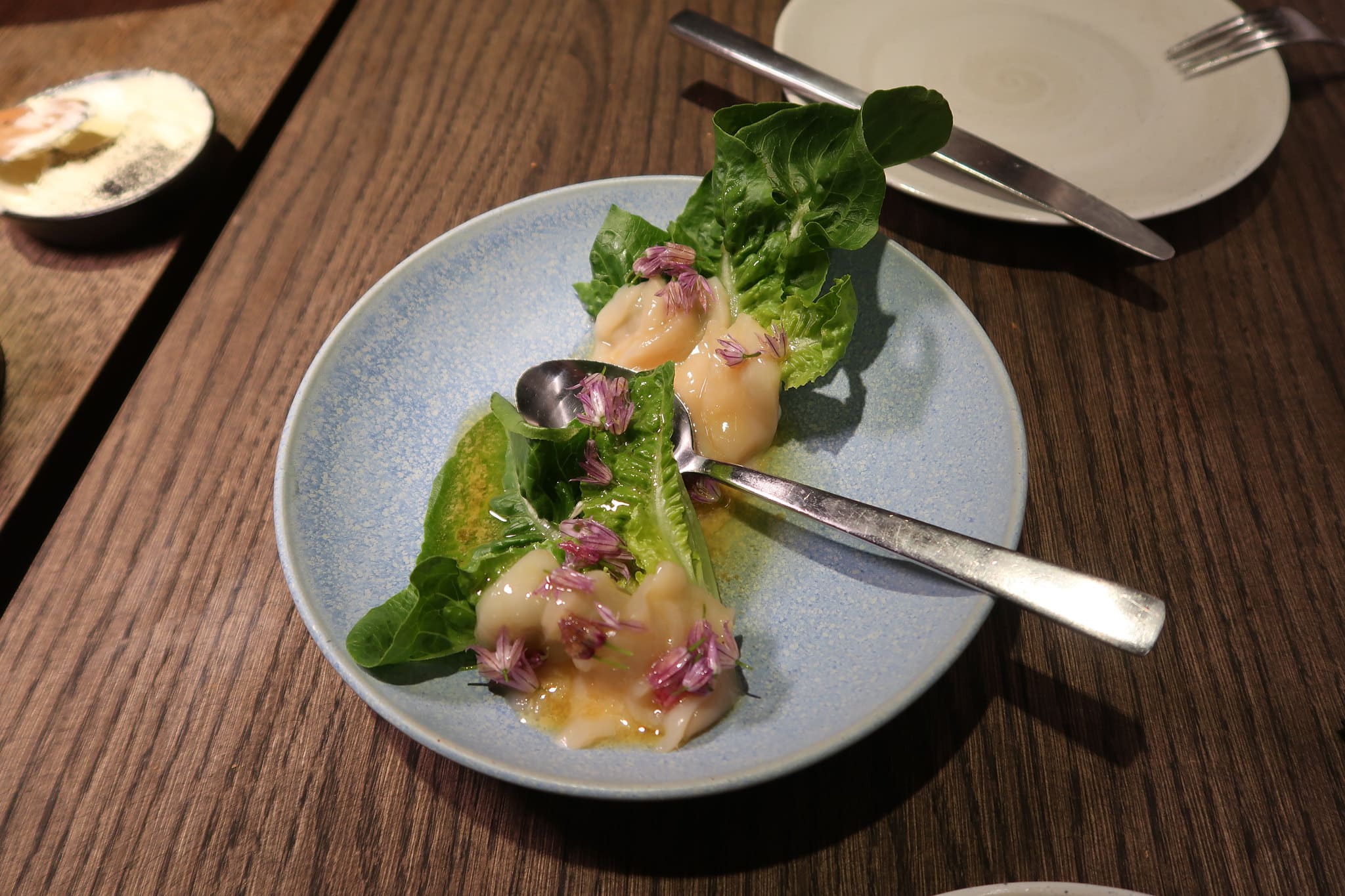
The Cultures and Timing of Eating Salad.
These days salad is generally either an appetizer or the main meal. It’s consumed to fulfill your vegetable quota or to count calories for a healthier diet. And yet, traditionally, it was and still is seen as a part of the larger meal and a palate cleanser. Learn the cultures of eating salad – why it’s eaten and when.
Salad Before the Main Course
In these modern times of eating and dining, particularly in American culture, eating salad is typically seen as part of the appetizer. In this practice, you guarantee eating your vegetables, you may possibly not overeat, and if you’re dining out, it buys the kitchen time to prepare your main course.
These days salad is also considered the main meal for lunch or dinner especially when a significant portion of protein is added. This is again for health and lifestyle reasons.
And while this may seem like the general salad consumption tradition, there is actually is a deeper history of cultures eating salad after the main meal.
Salad After Dinner
In Europe, particularly Italy and France, salad is served after the main courses are finished. This is for digestive reasons and further enjoyment of the wine, cheese, and dessert courses that follow.
The salad primarily consists of a simple combination of fresh lettuce, extra virgin olive oil, and balsamic vinegar or wine vinegar. The olive oil settles and balances the digestion. At the same time, the vinegar refreshes, cleanses, and reawakens your palate.
Plus, knowing that there’s more to your meal after the main course may help you to pace and eat less during the entire meal itself.
Eating salad before the main course allows the cooks in the kitchen to prepare the hot meal. On the other hand, the argument for salad after the main course is that the cold salad can wait while you enjoy the hot food first – which is typically the case for longer meals and meals at home.
Sign up for my newsletter on the sidebar for blog updates and my travel insider tips! And, check out my vlogs on YouTube!


